
There are only about a dozen or so sites in the U.S. park service dedicated to this most important mid-1700s engagement that was in its wider implications called The Seven Years' War in some parts of the world. The contest lasted from 1754 to 1763. This article on the Once Upon a History pages of the Carolinian's Archives will largely concentrate on Fort Dobbs history during this conflict and its present reenactors just north of the city of Statesville in the western Piedmont region of NC. It is a very interesting and mostly neglected history.
The war began in 1754 between Great Britain and France for several reasons, with one being who was going to be boss past the Appalachians in America, to put it succinctly. Spain came on to France's side in 1761, but much too late to affect any difference. After the peace treaty of 1763 that saw a British victory, the English Crown tried to do its best to honor the dividing line between the Indian and settler partition, which was basically through the middle of the Eastern-most mountains; but this proved a very difficult boundary for them to enforce effectively.
It wasn't long after this that there was enough concern to start building stockades on the western front to protect against French regulars, their allies, and, increasingly, Cherokee warriors. The trouble with the latter tribe, was that despite a long-standing peace treaty between the two countries of the Cherokee confederation of villages
and Britain, power plays over goods to the tribes between France and England, and settler intrusions onto their hunting grounds, had started to rankle the tribe.
And then came problems with tragic consequences: Cherokee fighters returning from the north in service to the Brits against the French in 1757 and 1758, took the opportunity while passing through the southern mountains of Appalachia in Virginia, to appropriate to their tired and hungry selves some German backwoodsmens' cattle and horses. The settlers retaliated at times by slaying several dozen of these Native Americans. Who, by the way, were highly dissatisfied with their treatment while in action in the north, with its deficit of booty and bounties promised them by the English.
This was about the time several forts were constructed in the backcountry and coast of the Carolinas. Fort Dobbs being one of those begun in 1756 on the frontier line in N.C.. Below are special constructions made by the man who made the model fort which is inside the museum. He also kindly gave us permission to go into a locked building at the parking area and take photos of his other painstakingly built replica of Ft. Dobbs, where it opens up and folks can look inside. Some local school groups are shown this model fort too on occasion.
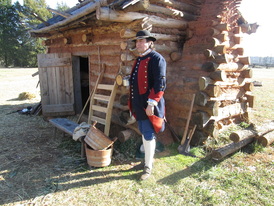 reenactor outside re-constructed soldier' barracks
reenactor outside re-constructed soldier' barracks There are only 13 historic places in America dedicated to the French and Indian War. North Carolina has one of those in the state historic site of Fort Dobbs. The dearth of these spots is sad due to the fact that the conflict was a global one for empire, primarily between Great Britain and France. The historic site is just north of Statesville off I-40 and is well worth visiting, especially on reenactor days, despite the situation that it has yet to have a reconstructed fort built because of the lack of funds to do so; but the perimeters of the former structure are clearly visible thanks to archeological work.
The war had been raging many years before it become of serious concern to the frontier people of the Carolinas. In 1756, the governor of the province, Dobbs, and his commander of the frontier units, Colonel Hugh Waddell, ordered several forts built in the state to protect settlers and friendly Native Americans from attacks and allow militia forces a place to stay, patrol, and defend their areas of influence.
After Braddock's defeat, the NC militia, which hadn't participated due to the General dividing his forces, retired to Fort Cumberland in Maryland with their numbers well below 200 now. In 1758 the garrison's company was decreased to about a hundred men. Hard currency was scare to come by in North Carolina at the time, for one thing, and the state's soldiers, thin and ill-clothed, were often the butt of jokes and pity by the soldiers of the northward parts of America. By the way, the soldier in the far left pic had many different kinds of muskets and picked just the right one to pose in for the correct era the war was in. That's dedication in reenacting for sure.
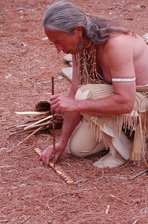 Fort Dobbs Wiki Commons
Fort Dobbs Wiki Commons The Catawba Indians themselves sided with the frontier folk but had just been hit by a smallpox epidemic that reduced their numbers by more than half. Still, the warriors from the tribe did important fighting and service. They have their own 15 square mile land just below Charlotte in SC and have long been an integral part of the community thereabouts.
Nevertheless we had an enjoyable time seeing the place, its museum, and talking with the reenactors who were there. Some were even going to stay overnight in the soldiers' barracks. Below are gallery's of them including a pivot cannon upon which a demonstration was given to all the curious visitors standing around.
As a final interesting fact about the fort, early in 1760 the place was attacked by a Cherokee war band. Moderate casualties erupted between both sides - with the Cherokee incurring far more fatalities and wounds. It began one night when the garrison was alerted to something in the woods by their dogs barking. Hugh Waddell then took a group of men outside a-ways to investigate. They were ambushed, returned fire, and then retreated back
to the fort. They suffered several casualties, including one lad that almost made it into the fort but was caught and scalped near the well.
Thus began the Cherokee's attack and siege. As too strong a fortress, however, the warriors later went on to other targets. Bethabara (part of old Salem, Winston-Salem in total now) was only spared a major assault because of its ringing church bells and chimes. For some particular reason this dissuaded the Cherokee fighters from attacking the Moravian settlement.
Fort Dobbs is a great place to visit and well worth the time. There is the building open to visitors that holds many interesting things and is overseen by the knowledgeable and friendly Mike Lampart. Mike also made the fort replicas in the museum and locked building. The Author would also like to thank the helpful historic site manager Scott Douglas, and all the reenactors, including Patrick the soldier and Tim the Anglican minister.
Here are some pictures from the day with a man and his children, the cannon going-off, an attractive pioneer Lass or Frau with her family and dog, and, as just mentioned, there are a good many interesting items and artifacts to look at inside the museum. In addition there is also a short but very nice walking trail at the site.
For more detailed info concerning the place here is an official link:http://www.fortdobbs.org/
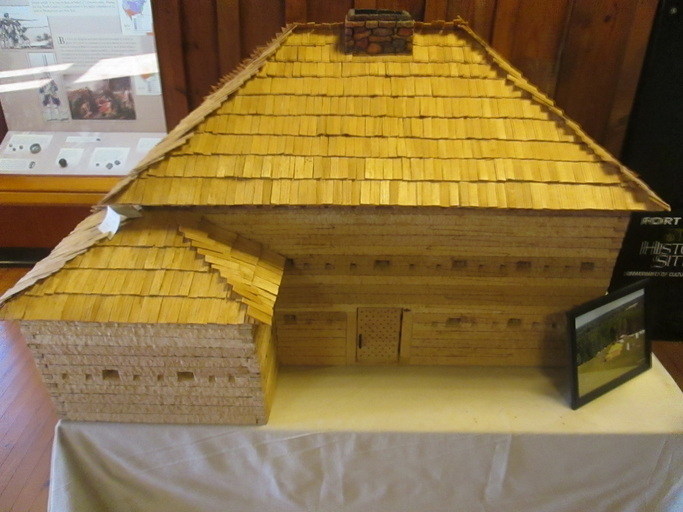
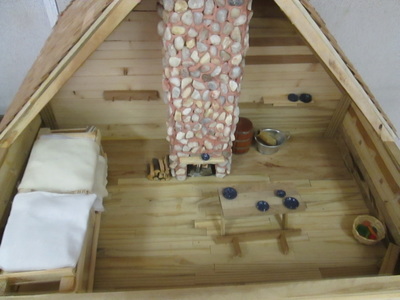
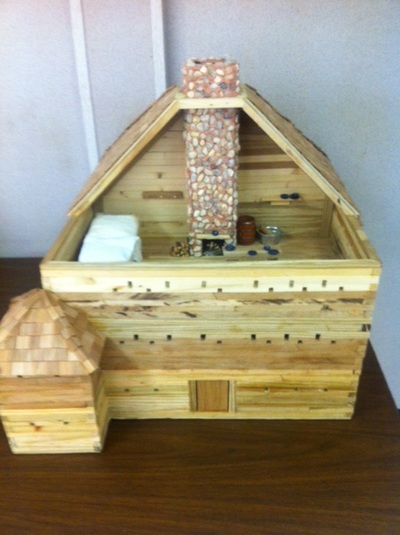
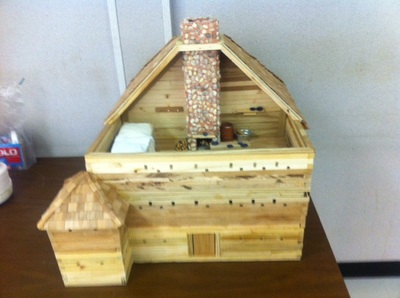
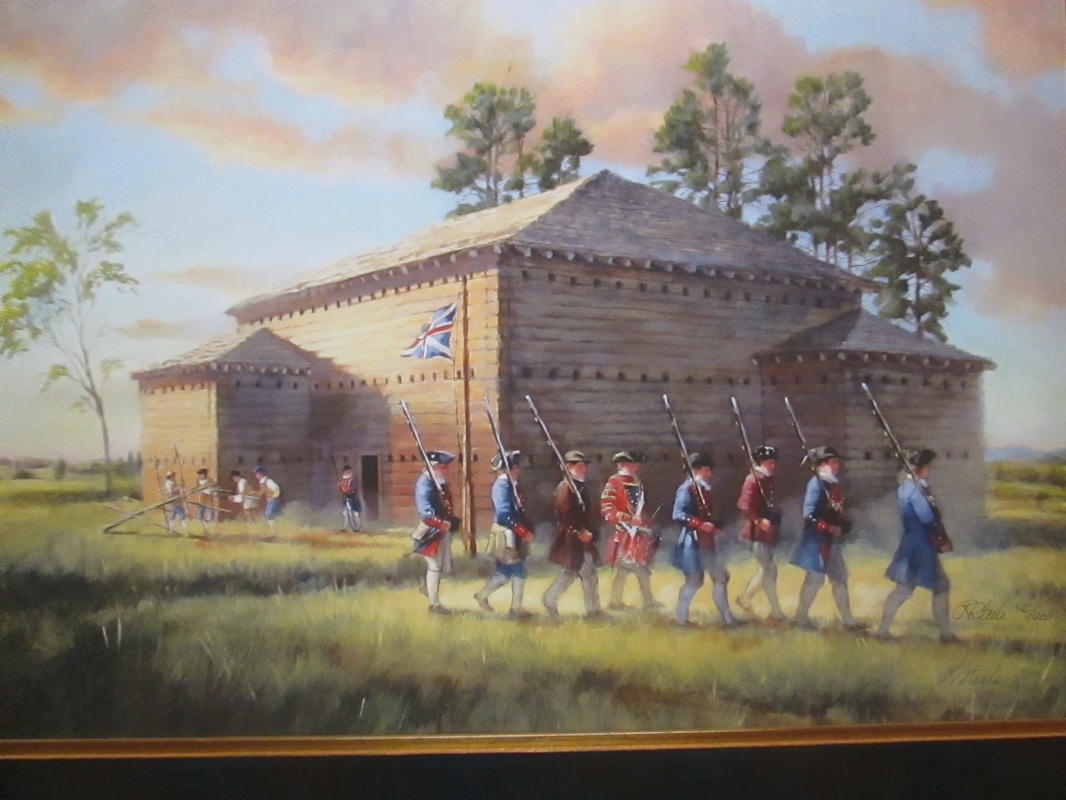
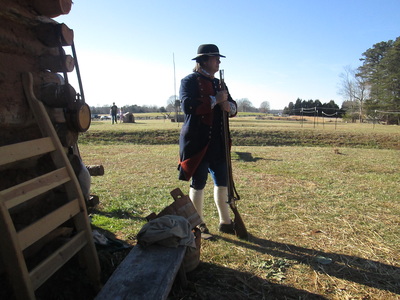
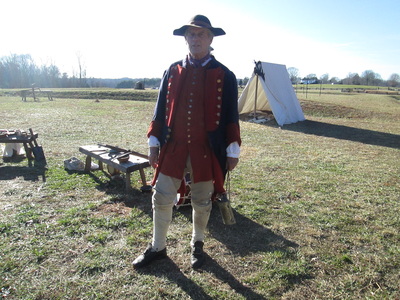
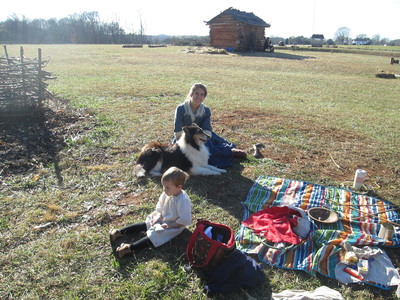
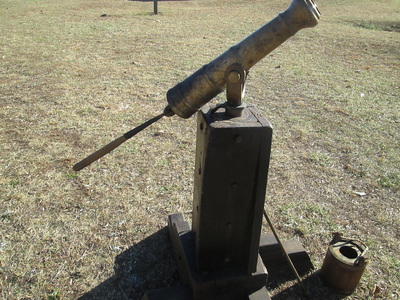
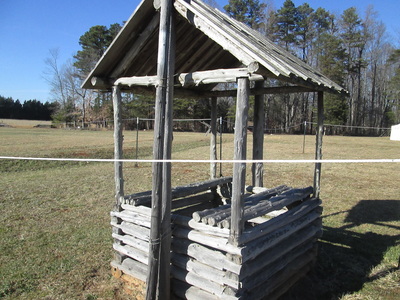
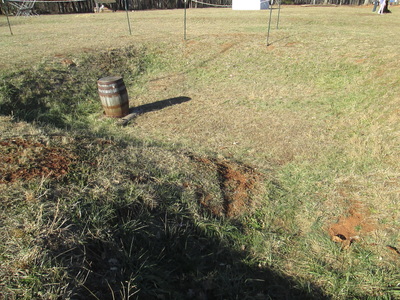
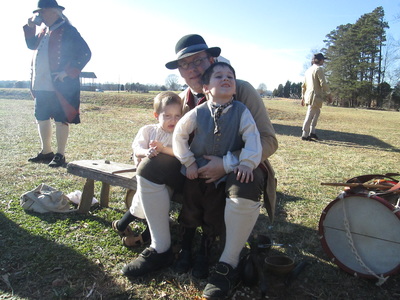
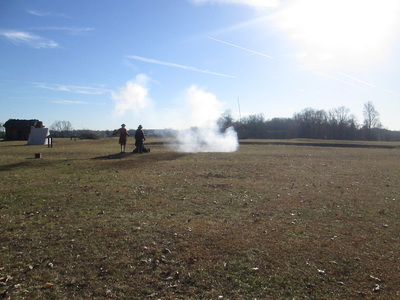
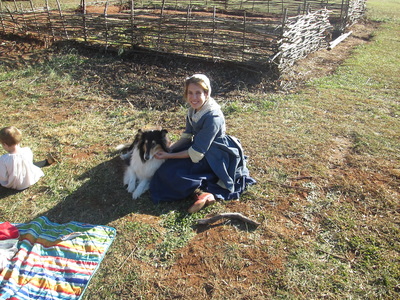
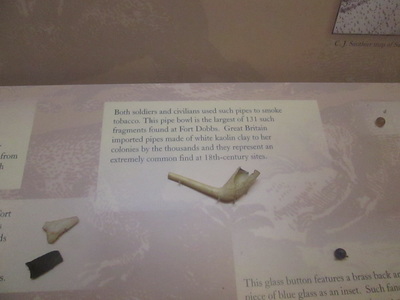
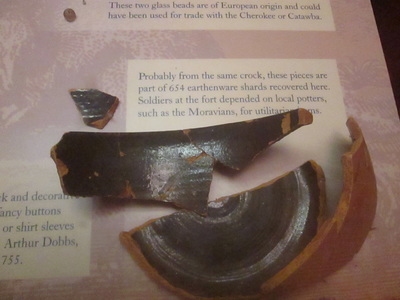
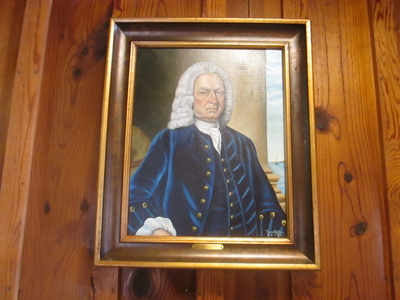
 RSS Feed
RSS Feed
